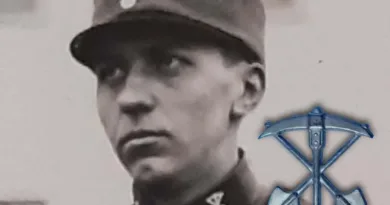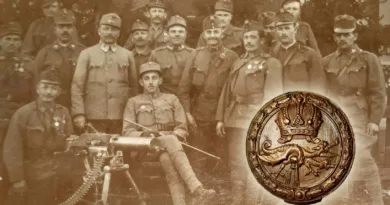Skill badge for the food commissariat branch
Another exciting and in-detail post by Gábor Széplaki:
The efficiency and impact of an army is inconceivable without a well-organized, established and professionally functioning supply. The well-fed, well-equipped, effectively trained soldier is the pillar of every army who, under the expert leadership, executes the order entrusted to him. In the Army of the Monarchy, the food service provided food for soldiers, feeding animals, handling materials for heating, lighting and cooking. But they also organized the purchase and stocking of certain pleasure items (tobacco, wine) and even bed and litter, as well as their release and dispensing.
The army divided the territory of the Monarchy into 60 districts, taking into account the aspects of supply. Food warehouses were built in these centers, where the Military Food Service was installed, with food officials and the crew. The only such institution of the Hungarian Royal Army was in Budapest, which was established in 1901. In 1911, the food offices merged into the newly created logistics branch. In addition to food, this branch was intended to solve other storage and supply tasks within the army. The army’s storage facilities were served by recruited staff under the direction of professional functionaries and petty officer staff. The staff wore infantry uniforms. As a distinction, they were marked with the initials cut out of the cloth and attached to the left side of the field cap. In the case of those serving in food warehouses in the Hungarian Royal army the letter “E” was attached, “R” for soldiers of clothing warehouses.
To improve clothing and equipment, each squadron and battery employed a tailor and a shoemaker from its own crew. If they were unable to carry out their duties due to lack of capacity, they could involve civilian craftsmen for this purpose. In the case of mounted troops, the above two specialists were supplemented by a strap- and saddle-maker soldier who was a professional master. He was distinguished from his companions by a strip of corporals sewn on to the sleeves of his jacket. As can be seen from the inscription on the back of the image uploaded as an illustration, tailors were often the target of the mocking. The script says: tailors – images of goats.
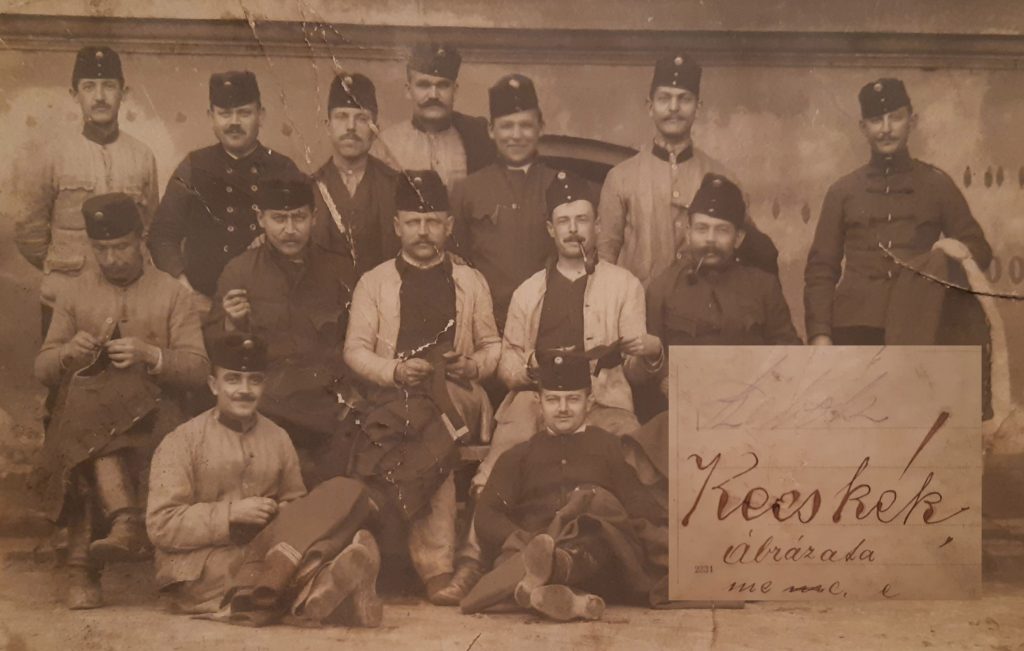
Canteens, which were an integral part of the supply of soldiers in barracks, also deserve mentioning. In addition to food and drink, the soldiers were able to buy comfort and equipment items that were not provided for them by the Treasury. The operators of the canteens contracted with the commanders of the barracks. They had to use the pricing contained therein and they were under military and medical supervision. In 1888, the field canteen institution was established for the event of war. The shop keeper could have been a soldier contracted from the army, or a civilian hired to do so. The owner of the moving canteen was obliged to hold a two-horse cart and an assistant. The canteen, the aide and the two peelers received military care. They were subject to military justice and health regulations. They were subordinate to the unit commander. In the case of civilians, they wore field caps and a 80 mm wide divided black and yellow armband with 50 mm high red cloth letters and numbers indicating which unit they belonged to.
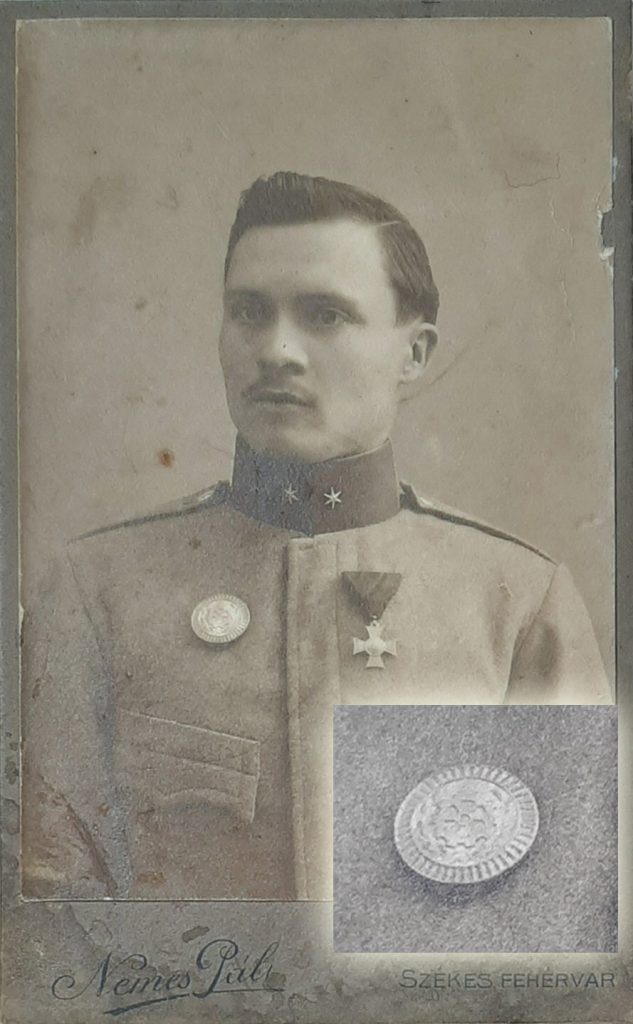
In 1906, both the KuK army corps and the Honvéd and Landwher corps received skill badges for the crew and petty officers of food commissariat branch. The 470 mm diameter circular badge was made of brass, but is known that a thinner iron plate version was made by another manufacturer, which has been gilded. At the edge of the badge, a ribbed rim run 75-80 mm wide, cut with concentric circles, similar to the farrier’s skill badge. In the middle, at 6 o’clock, wheat spikes are tied with ribbons that encircle a 10-toothed gear on both sides. The middle part under the motifs is smooth.
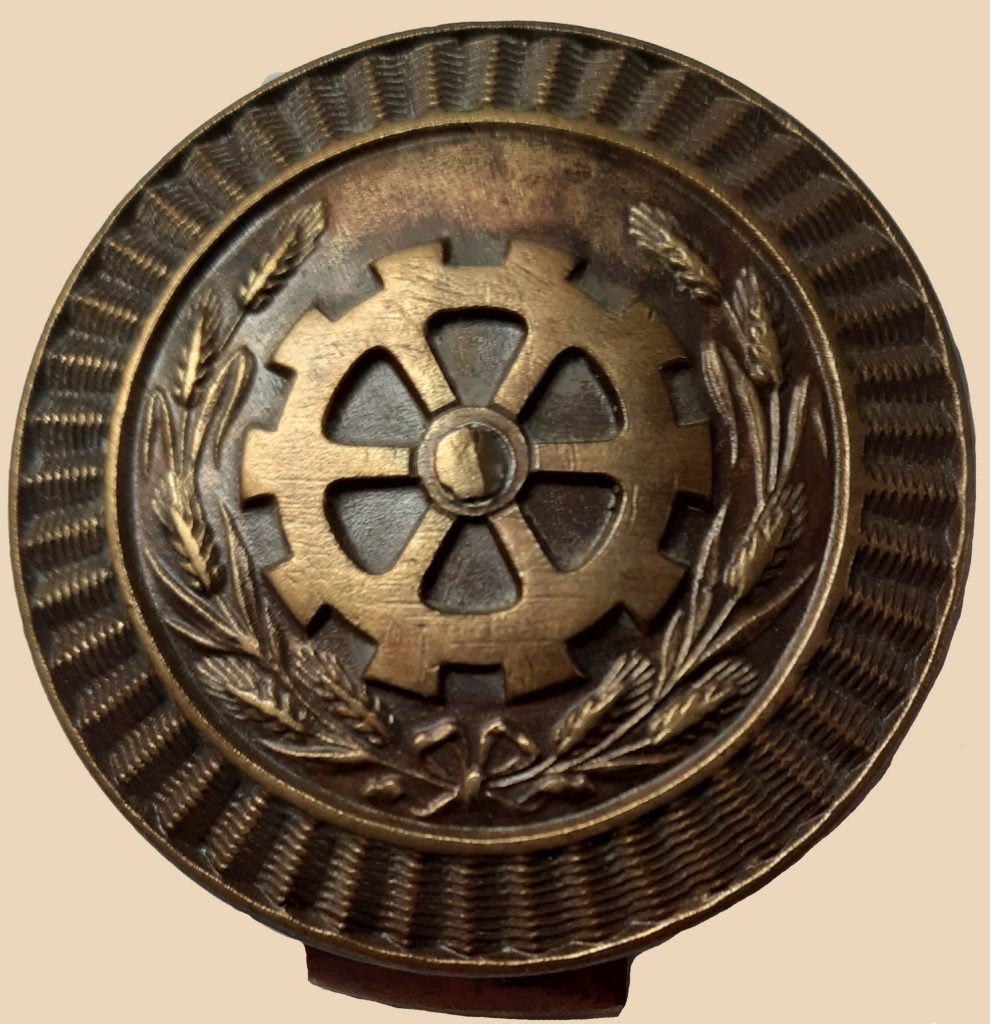
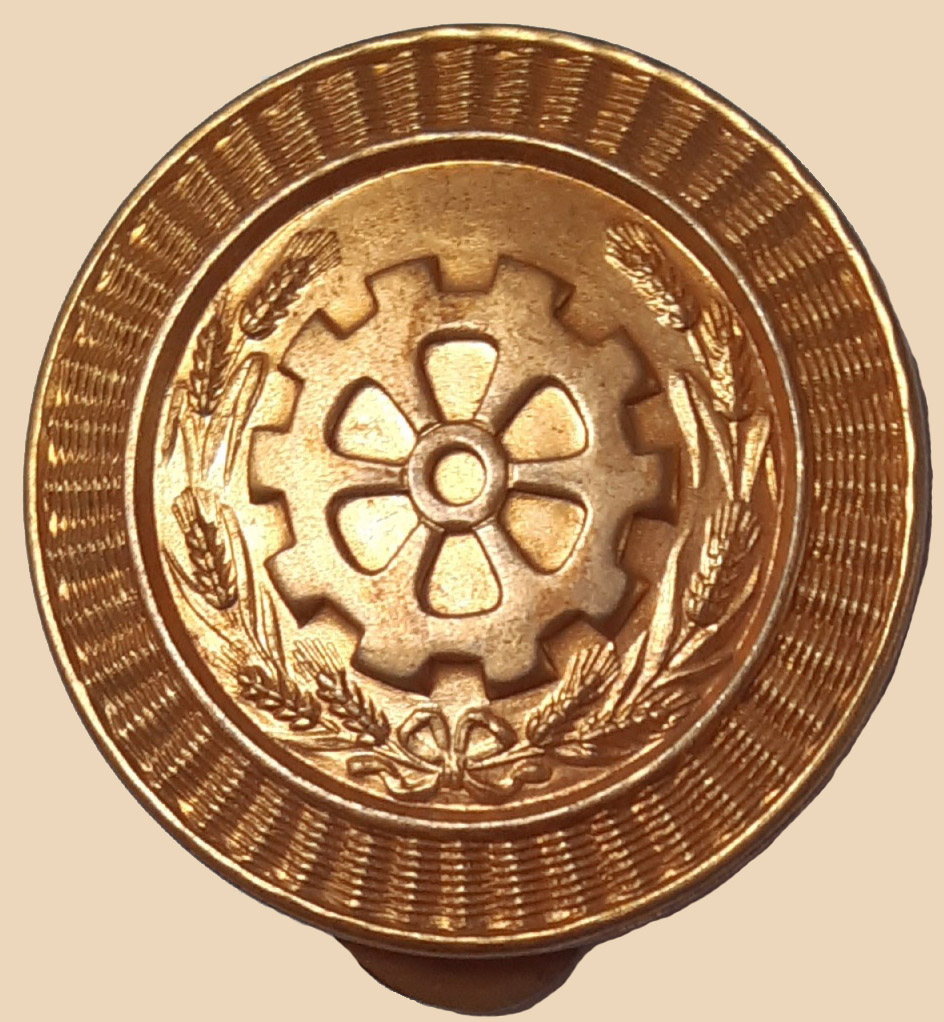
The iron plate version shows differences in the design of the wheat grains, the bow connecting them and the gear, and the depiction of the shaft in the middle of the gear. On the back was the Ω flattened hook, and its wearing was prescribed above the upper right pocket of the jacket.
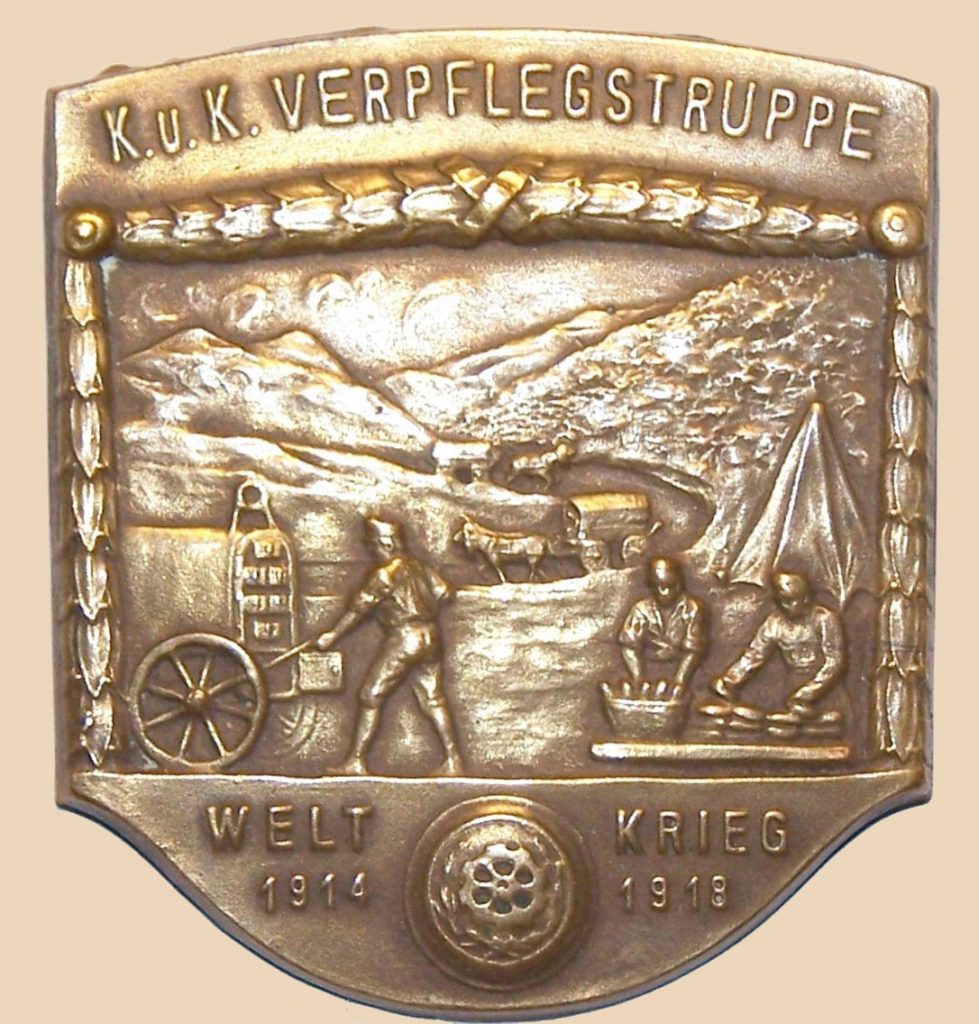
The shape of the skill badge is also displayed on the Kappenabzeichen issued to the supply teams. More information about this badge and the camp bakery can be found here.



